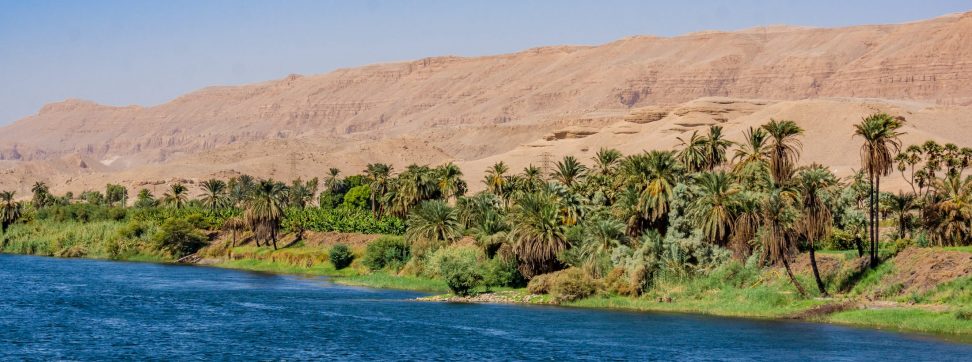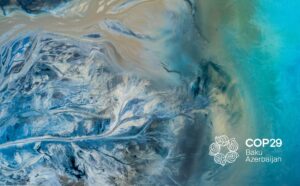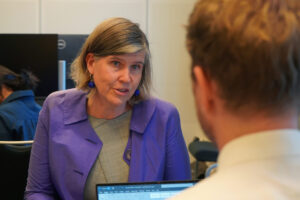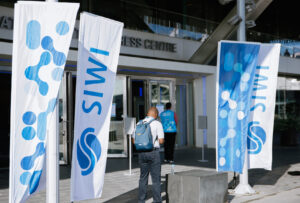- SIWI – Leading expert in water governance
- /
- Latest
- /
- Source-to-sea collaboration gaining traction
Source-to-sea collaboration gaining traction

Break the silos of fragmented governance, raise awareness of the benefits of source-to-management and address capacity building needs. These were recommendations from practitioners from over 20 different countries participating in a recent workshop.
The highly interactive workshop took place on 16 March and was organized by the Swedish Agency for Marine and Water Management (SwAM), the Action Platform for Source-to-Sea Management and the Stockholm International Water Institute (SIWI). The more than 40 participants exchanged ideas about challenges and opportunities for the implementation of the source-to-sea approach.
The discussion focused on how a collaborative approach to management is vital to addressing the impacts of development confronted in the source-to-sea continuum. The importance of a circular relationship between upstream and downstream ecosystems was highlighted. Participants also emphasized the need to study how land, freshwater, coastal and marine ecosystems are linked.
“The source-to-sea approach is a mental map, it is a way of thinking that unpacks effects, impacts and opportunities. Governance is critical as well as understanding how ecosystems across the land-water-coast-ocean continuum are linked. Source-to-sea management is about collaboration; it will help us prioritize limited resources”, said SwAM’s Director General Dr. Jakob Granit.
The key points identified by the participants included:
- The need for taking a source-to-sea approach to management can arise either from a specific issue affecting the source-to-sea system, e.g., marine litter, biodiversity loss, pollution, or hydropower, or it can arise from a particular location within it.
- Fragmented governance, sectors working in silos and lack of mechanisms for consulting upstream and downstream stakeholders are some of the main challenges that need to be overcome to enable source-to-sea management. Alternatives to confront these issues were presented in the form of promoting a broader perspective among stakeholders so the benefits of source-to-sea processes for the whole continuum are understood and can motivate action.
- Securing adequate funding for projects throughout their stages at the regional, national, and subnational level is key for a continued implementation of source-to-sea management.
- Cross-learning and finding synergies between the source-to-sea approach and other approaches that also address fragmented water and marine governance needs to be strengthened.
- The practitioner’s guide, Implementing the source-to-sea approach: A guide for practitioners, is a helpful tool for learning more about the source-to-sea approach. The guide was developed by SIWI in 2019 and shows how the methodology can be applied during project design, implementation, and evaluation.
The participants appreciated the workshop and commented that the highly interactive format offered a chance to exchange ideas, discuss examples of successful implementation and share lessons learned. It made it possible to share examples from a wide range of projects from around the world that are taking a source-to-sea approach to addressing development challenges.
Most recent

Women hold the key to building climate resilience
- Gender and water
- Resilience through water

Water for Climate in Baku
- Water and climate
- Water and the 2030 Agenda
- World Water Week

World Water Week and SIWI in 2025
- World Water Week
- Resilience through water

Bridging Borders: A Conversation with Meike van Ginneken
- Transboundary Water Cooperation
- Water cooperation
- Water and Peace
- Water diplomacy

SIWI’s endorsement of the COP29 Declaration on Water for Climate Action

SIWI-WASH experts join IVL


